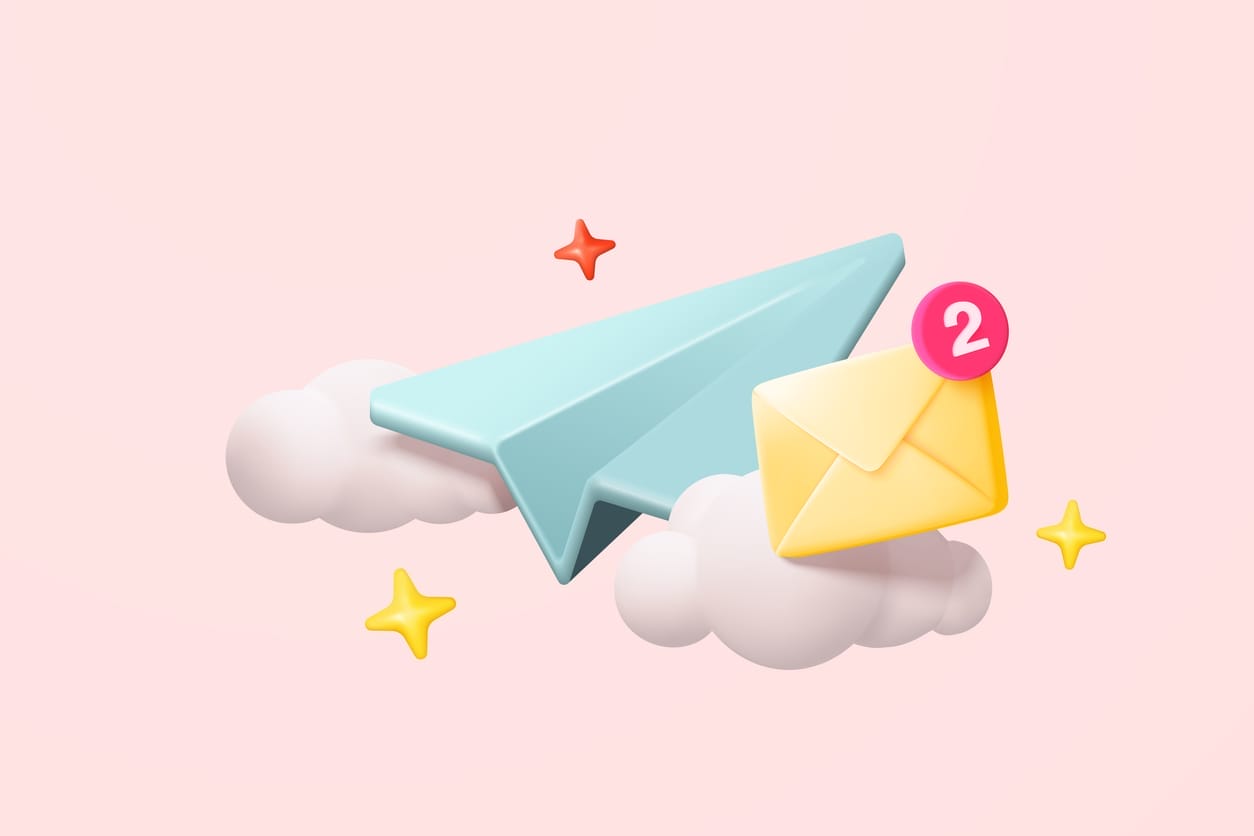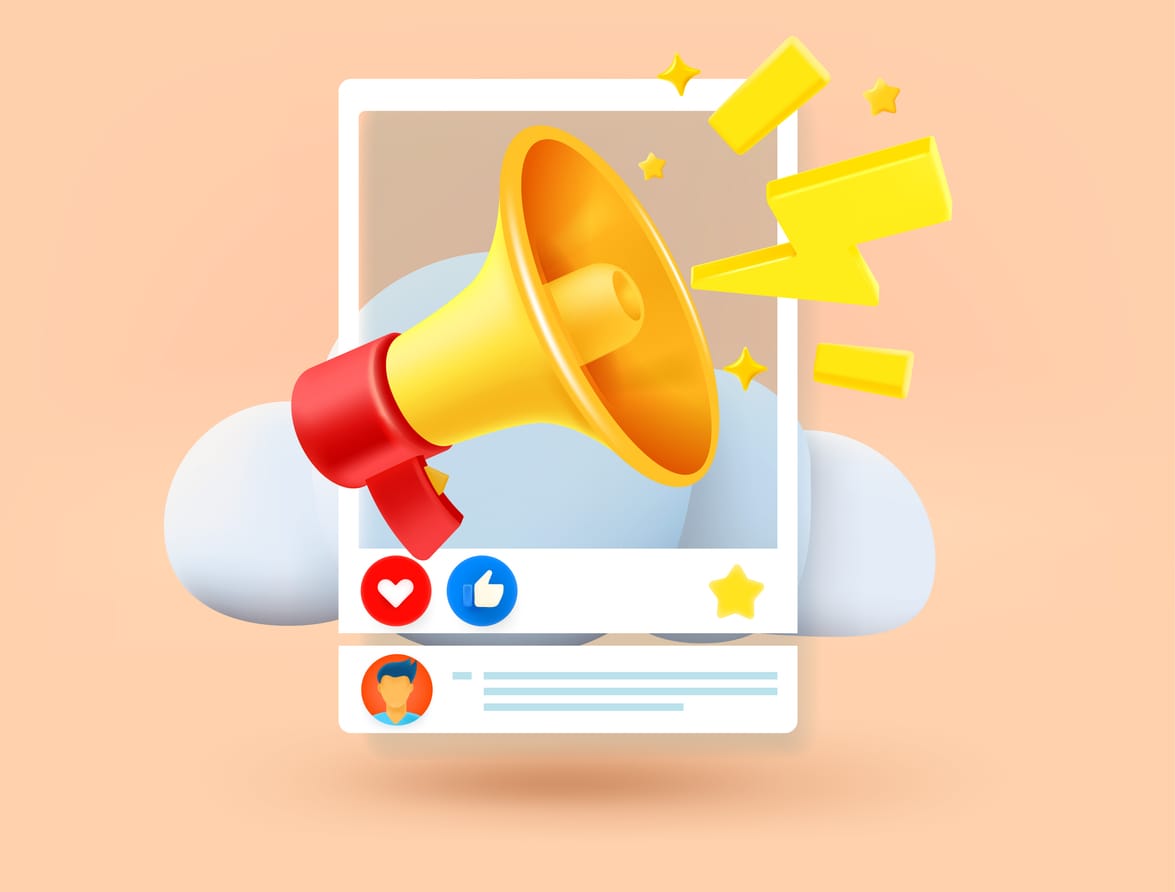If you’re seeing a steady flow of free trial signups but very few of those converting into paid customers, you’re not alone, and you’re not broken. But your onboarding experience might be.
At Rocket SaaS, we’ve worked with over 140 B2B SaaS companies, and this is one of the most common conversion bottlenecks we see. You’ve put in all the hard work to get someone onto your platform, but if you lose them in those first few interactions, your CAC skyrockets and your LTV never has a chance.
In this blog, we’ll break down how to transform your onboarding journey to boost free-to-paid conversions, drive more revenue, and reduce churn.
What are the free trial to paid industry averages?
The industry average for free-to-paid conversion in B2B SaaS sits between 15% and 25%. If you’re falling below 15%, your product may be great, but something’s going wrong in those early user experiences.
And even if you’re at or above the average, there’s almost always room to squeeze out a few extra percentage points. For many SaaS businesses, a 2% lift in conversion could mean thousands in new MRR.
Common causes of poor onboarding conversion:
- Slow or clunky signup flow
- Lack of clarity around what to do first
- No perceived value within the first few minutes
- Users not emotionally or practically invested in the product
- Silence after signup
These are fixable. Let’s dive into how.
Step 1: Define your activation milestone
The best onboarding strategies aren’t built around showing off every feature, they’re built around guiding users to a single point of value as fast as possible.
This is your activation milestone. It’s the moment a trial user experiences a meaningful “aha!” with your product.
Examples:
- Slack: When a team sends 2,000 messages, they rarely churn.
- Dropbox: Uploading 10 files signalled a high likelihood of converting.
- Figma: Creating and sharing your first design file.
If you don’t know what yours is yet, speak to your product team or look through your data. What are the common actions taken by people who become customers?
Once you know what success looks like, build your onboarding journey to drive users to that action as quickly and clearly as possible.
Step 2: Remove friction from the signup flow
You’ve got a tiny window of peak interest when someone hits “Start Free Trial”. Every second after that, their attention declines.
Common signup blockers:
- Long forms with unnecessary fields
- Delayed access while “an engineer sets up your account”
- Password complexity or confirmation hoops
- Clunky mobile experience
Keep it lean. Name, email, password, done. And where possible, offer SSO via Google, Microsoft or Slack. This not only speeds things up but has been shown to significantly improve both signup and conversion rates.
If you do need more information, use progressive profiling: ask questions later, once they’re already engaged and invested.
Step 3: Replace the blank dashboard with a guided journey
There’s nothing more demotivating than logging into a brand new tool and seeing… nothing.
No direction. No welcome. Just a quiet dashboard silently waiting for you to figure it out.
Instead, guide users through the key steps to reach your activation point.
Tactics to try:
- Tooltips that light up essential features one at a time.
- Step-by-step walkthroughs using tools like Appcues, Userpilot or Pendo.
- Role-based journeys that personalise onboarding depending on the user (e.g. CEO vs Head of Ops).
- Short video popups from the founder or head of product, offering a warm welcome and clear next step.
Don’t try to show them everything. Show them just enough to reach that first success.
Step 4: Inject light gamification
It doesn’t need to feel like a game. But even subtle gamification can be powerful psychological nudges.
Easy wins:
- Progress bars: “You’re 30% complete. Invite a teammate to reach 50%.”
- Milestone rewards: Tools like Fathom award points or perks for setup tasks. It’s simple, but it works.
- Checklists: Let users tick off onboarding steps and see their progress.
You want people to feel like they’re moving forward. That sense of momentum can be the difference between a user bouncing or coming back tomorrow.
Step 5: Build a smart email nurturing sequence
Not everyone uses your product immediately. Life gets in the way. So your job is to keep gently reminding them.
Aim for 5–8 emails over a 30-day trial:
- Day 0: Immediate welcome from the founder. Make it warm, personal, and focused on that activation action.
- Day 2–3: “Not logged in yet?” or “Let me show you how to get started.”
- Day 7: Share a short customer story. Build social proof.
- Day 14: Highlight a more advanced feature they haven’t used.
- Day 21: “Don’t lose your progress, your trial ends soon.”
- Day 29: Final nudge with an upgrade link and annual discount offer.
Where possible, tailor messaging based on what users have (or haven’t) done in-app. Your product team should be able to help you set up those behavioural triggers.
Step 6: Add a personal touch with manual outreach
Automation is great. But it can’t beat a short, well-timed human message.
Even a quick email or LinkedIn DM from a real person can create a sense of care and credibility.
Try this:
- “Hey Sarah, saw you signed up for our trial this week. I had a look at [their company], looks like you’re scaling fast. Would love to know what you’re hoping to get from the platform. Any questions, just shout.”
This works especially well for higher-ticket products. You don’t need to send it to everyone, just the high-value accounts.
Step 7: Watch post-trial engagement like a hawk
The onboarding experience doesn’t end when the card details are in. In many ways, that’s when the real work begins.
Monitor:
- Are they still logging in?
- Are they using core features?
- Has usage dropped suddenly?
If engagement drops post-trial, intervene. Offer a free strategy session, send a helpful tip, or just check in.
Because if they’re not getting value, but still getting billed, you’ve only delayed the churn.
Step 8: Test relentlessly and get fresh eyes
Onboarding is never “done”. It’s an ongoing experiment. And when you’re deep inside your own product, it’s easy to forget how confusing it can be for new users.
Ask colleagues, friends, and even customers to go through the onboarding from scratch. Watch what they do. Ask where they got stuck or confused. Then fix it.
Every step you improve increases the odds of conversion, and builds trust with your users.
Final thought: You’re probably closer than you think
If you’re getting trial signups, you’ve already cleared the hardest hurdle. There’s interest. There’s intent. You just need to make sure your onboarding delivers on that promise quickly, clearly and confidently.
And remember: onboarding isn’t about dazzling people with your feature set. It’s about helping them see a clear, fast path to solving their problem, with your product.
Need a hand?
If you’d like help diagnosing or improving your onboarding experience, Rocket SaaS can help. We’ve built high-converting onboarding flows for dozens of SaaS products across multiple industries.
Book your free SaaS marketing strategy call to see how we can help.
Or, if you’re not ready to chat just yet, subscribe to SaaS Marketing Weekly for actionable tips like this in your inbox every Thursday.


Free SaaS marketing strategies & campaign ideas in your inbox every Thursday
Receive actionable SaaS marketing ideas to implement in your business







